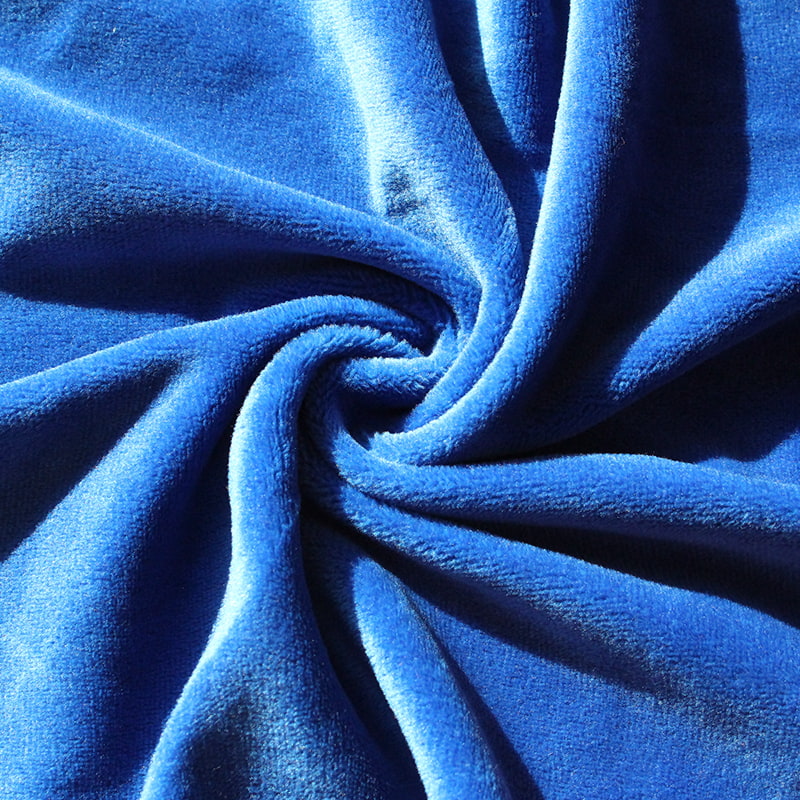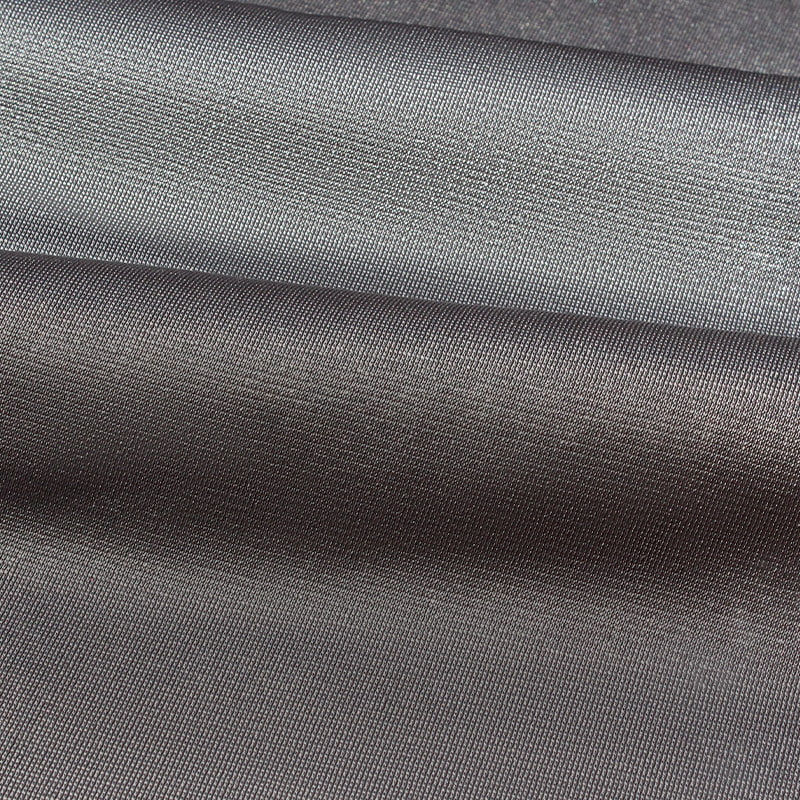In the field of textile materials, the emergence of super poly fabrics is undoubtedly a revolutionary technological innovation. It not only breaks through the performance limits of traditional textile materials, but also brings unprecedented development opportunities to the textile industry with its unique physical and chemical properties.
The technological innovation of super poly fabrics is first reflected in the selection of materials. Traditional textile materials are often limited by their molecular structure and physical properties, and it is difficult to meet the needs of modern industry for high strength, high modulus, wear resistance and other characteristics. Super poly fabrics use ultra-high molecular weight or polymers with special properties as the base material, such as ultra-high molecular weight polyethylene (UHMWPE), polyamide (PA), etc. These materials have mechanical properties, chemical stability and environmental adaptability, laying a solid foundation for the performance of super poly fabrics.
The preparation process of super poly fabrics is also full of sparks of technological innovation. Traditional spinning processes are often difficult to directly apply to the processing of ultra-high molecular weight polymers, while the preparation of super poly fabrics requires special spinning technology and post-processing processes. For example, the preparation of UHMWPE fiber requires gel spinning or ultra-stretching. Through melt spinning under high temperature and high pressure and subsequent stretching treatment, the fiber molecular chain is highly oriented along the stretching direction, thereby obtaining extremely high strength and modulus. In addition, the post-processing process of super poly fabrics is also crucial, including heat treatment, surface modification, coating, etc. These processes can further improve the performance of fabrics and meet the needs of different fields.
The technological innovation of super poly fabrics is not only reflected in materials and processes, but also in its wide application expansion. With the continuous advancement of science and technology and the improvement of people's living standards, the application fields of super poly fabrics are becoming more and more extensive. In the field of clothing, super poly fabrics have become an ideal choice for sportswear, outdoor clothing and professional clothing with their breathability, moisture absorption, wear resistance and wrinkle resistance. In the field of home furnishings, super poly fabrics are favored by consumers for their low temperature resistance, UV resistance and easy care.
While innovating in science and technology, super poly fabrics are also actively integrating environmental protection concepts. With the improvement of global awareness of environmental protection, the textile industry is facing increasing environmental pressure. Super poly fabrics have achieved green production processes by adopting renewable resources, reducing the use of chemicals, and improving resource utilization.
Looking to the future, the technological innovation of super poly fabrics will continue to lead the development direction of the textile industry. With the continuous breakthroughs and applications of cutting-edge technologies such as materials science, nanotechnology, and intelligent manufacturing, the performance of super poly fabrics will be further improved and the application areas will be more extensive. At the same time, with the global attention to environmental protection and sustainable development, the green production and recycling of super poly fabrics will become an important trend in the development of the industry. Driven by technological innovation, super poly fabrics will inject new vitality and impetus into the sustainable development of the textile industry with their unique charm and broad application prospects.

 English
English Español
Español








